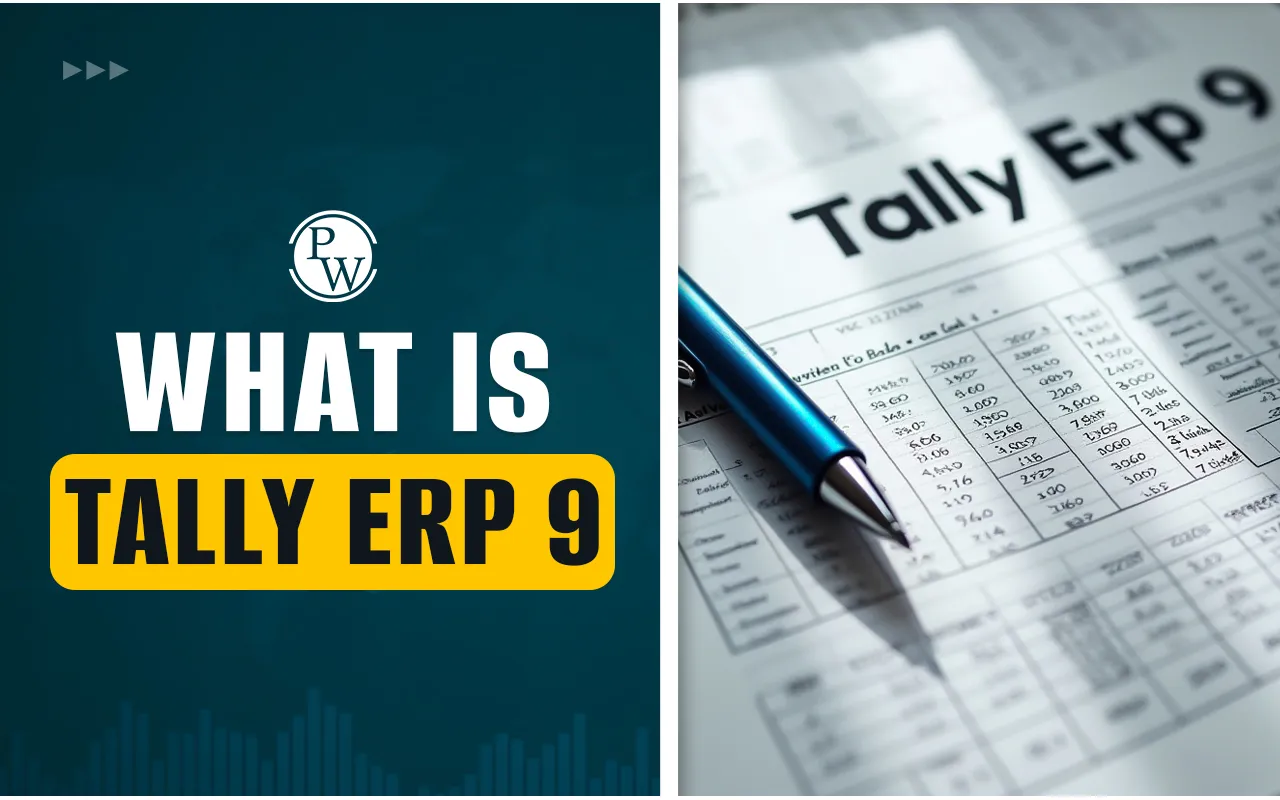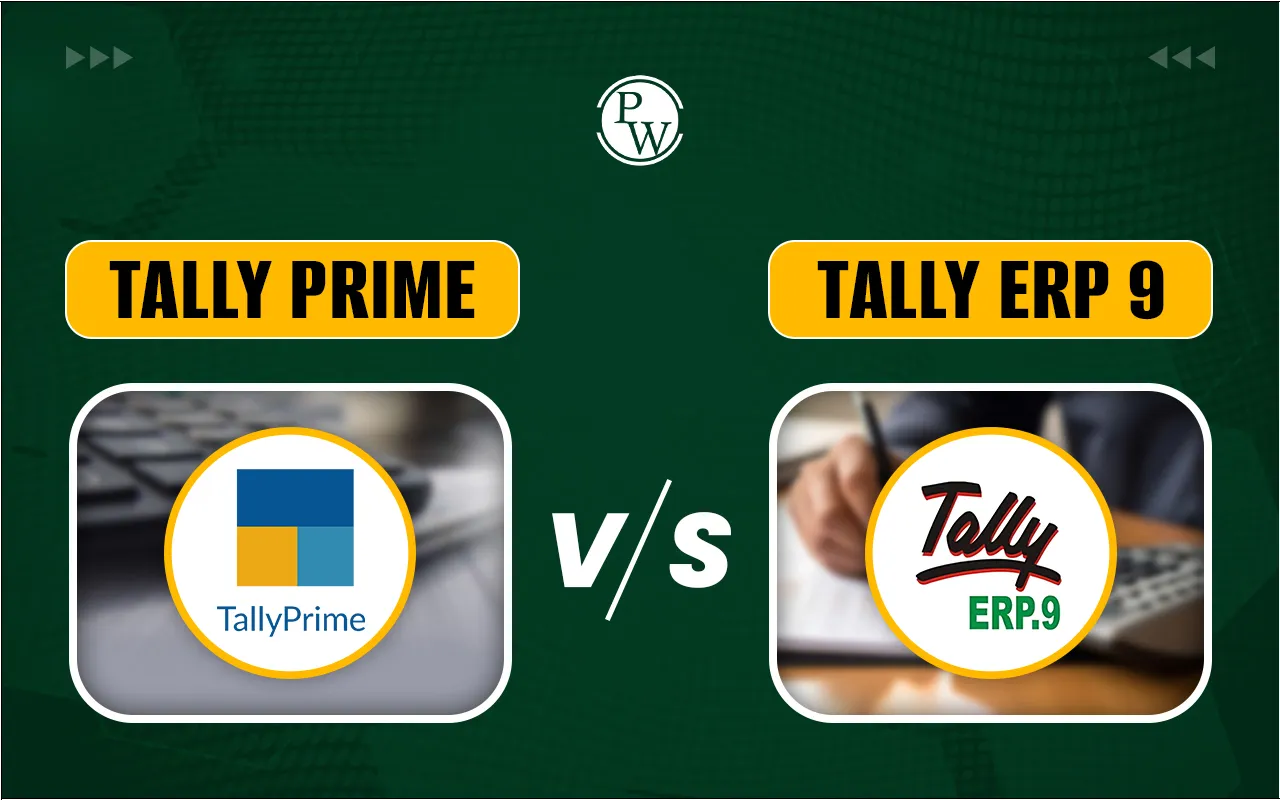
Bank statement is a crucial financial document provided by banks to account holders. It serves as a periodic summary of all financial activities within a bank account over a specific time frame, generally one month. Whether you're managing personal finances or overseeing business accounts, a bank statement plays a vital role in tracking your financial health and ensuring transparency in your transactions.
What Is a Bank Statement?
The term "What Is a Bank Statement" refers to a financial document issued by a bank or credit union that summarises the activity in your account. This statement lists deposits, withdrawals, transfers, service charges, and any interest earned during a specific period. Most commonly, a bank statement is issued monthly, but depending on the bank and the account holder’s preference, it may also be quarterly.
In today’s banking ecosystem, account holders can access their bank statements in two formats: paper-based and electronic. Each type comes with its own set of features and advantages, giving customers the flexibility to choose based on their needs and convenience.
Types of Bank Statements
Understanding the types of bank statements available is essential for maintaining clear and organised financial records.
Paper Bank Statements
Paper bank statements are mailed to account holders and contain a printed version of their monthly account activity. These are ideal for individuals who prefer hard copies for filing or for those who do not use online banking regularly. Despite the rising adoption of digital banking, paper bank statements continue to hold relevance, especially among senior citizens or people in remote areas with limited internet access.
Banks may charge a nominal fee for each printed statement due to printing and mailing costs. However, some banks offer waivers for certain customer segments, such as senior citizens or students.
Electronic Bank Statement
An Electronic Bank Statement is a digital version of the paper statement, accessible through the bank’s online platform. These statements can be viewed, downloaded, or printed at the customer’s convenience. Most financial institutions encourage account holders to switch to Electronic Bank Statement options due to environmental benefits and cost savings.
Customers opting for electronic delivery often enjoy added perks such as waived account maintenance fees or quicker access to their financial summaries. Moreover, Electronic Bank Statements reduce clutter and help in efficient data storage.
Checking Account Statement Definition
A checking account statement is a document provided by a bank that records all transactions in a checking account over a specific period. It includes deposits, withdrawals, fees, and other account activities. This statement helps account holders track their spending, verify transactions, detect errors or fraud, and maintain accurate financial records for budgeting, tax purposes, or loan applications.
What is the Purpose of a Bank Statement
The purpose of a bank statement is to provide account holders with a clear record of all financial activity in their accounts. It helps track income and expenses, verify deposits and withdrawals, detect errors or fraudulent transactions, and manage budgets effectively. Additionally, bank statements serve as official documentation for loans, tax filing, and financial planning, ensuring transparency and accuracy in managing personal or business finances.
Benefits of a Bank Statement
The benefits of a bank statement go beyond merely listing transactions. Here’s how reviewing your bank statement can be advantageous:
Financial Tracking: By regularly reviewing your bank statement, you gain insights into your income, spending patterns, and cash flow. This enables better budgeting and financial planning.
Error Detection: Mistakes in billing or unauthorised transactions can be identified by comparing your records with those in the bank statement. Timely detection can prevent financial losses.
Proof of Payment: A bank statement can act as official documentation for confirming payments, which is helpful during audits or disputes.
Loan and Visa Applications: Financial institutions and consulates often request bank statements as part of the documentation for loan processing or visa approvals.
Tax Filing Support: During tax season, a bank statement can serve as a record to match against your income and deductible expenses.
These are just a few examples of the benefits of a bank statement. Regularly accessing and reviewing your statements helps you stay financially disciplined and informed.
Components of a Bank Statement
A comprehensive bank statement typically includes the following sections:
Bank Information: Includes the bank’s name, branch address, and contact details.
Customer Information: Your name and partially masked account number.
Statement Period: The date range for the transactions covered.
Opening and Closing Balances: The account balance at the beginning and end of the statement period.
Transaction Details: A chronological list of deposits, withdrawals, transfers, and service charges. Each entry includes the date, amount, and brief description.
Interest Earned: If applicable, any interest credited to the account is also listed.
Understanding each component ensures you can read your bank statement accurately and detect any anomalies promptly.
How to Use a Bank Statement Wisely
Here are some practical tips for making the most of your bank statement:
Reconcile Accounts: Match the entries in your bank statement with your records, such as a chequebook or budgeting app.
Spot Unusual Activity: Look for unfamiliar transactions, which may indicate fraud or errors.
Monitor Spending: Categorise your expenses to understand where your money is going.
Set Financial Goals: Use insights from your bank statement to make informed decisions about saving, investing, or cutting unnecessary expenses.
What Is a Bank Statement and Why Is It Important?
You might still wonder, "What is a Bank Statement?" and why should you pay attention to it every month? A bank statement is more than just a list of transactions; it mirrors your financial behaviour. Whether you aim to manage personal expenses or keep your business books in check, this document provides the foundation for sound financial decision-making.
Digital vs. Paper
With both Electronic Bank Statement and Paper Bank Statements available, making the right choice depends on your preferences:
- Opt for Electronic Bank Statements if you prefer immediate access, easy storage, and reduced paper use.
- Stick to Paper Bank Statements if you need physical records or have limited internet access.
Remember, both types of bank statements contain the same information and are equally valid for official purposes.
A bank statement is an indispensable tool in modern financial management. From monitoring transactions to aiding in loan approvals and tax filing, its applications are vast. Whether you choose Paper Bank Statements or switch to an Electronic Bank Statement, what matters most is how regularly and attentively you review your bank statement.
By understanding the types of bank statements, appreciating the benefits of a bank statement, and knowing how to read and use them wisely, you empower yourself to take better control of your finances.
In conclusion, treat your bank statement as a monthly financial checkpoint. Make it a habit to review, reconcile, and act upon it. This small but consistent effort can lead to improved financial awareness and smarter money management in the long run.
PW BFSI Course
And if you’re passionate about mastering personal finance, banking operations, or pursuing a career in the financial sector, don’t miss out on PW BFSI Courses. These industry-relevant programs equip you with practical knowledge and skills for the ever-evolving banking, finance, and insurance sectors.
PW BFSI Courses help you confidently handle financial products like checking vs. savings accounts, investment options, loans, and more. It’s time to boost your career and financial literacy.
Bank Statement FAQs
What is the purpose of a bank statement?
How can I access my electronic bank statement?
Can I get both paper and electronic bank statements?
How long should I keep my bank statements?
What are common methods of tax evasion in India?
What are common methods of tax evasion in India?










